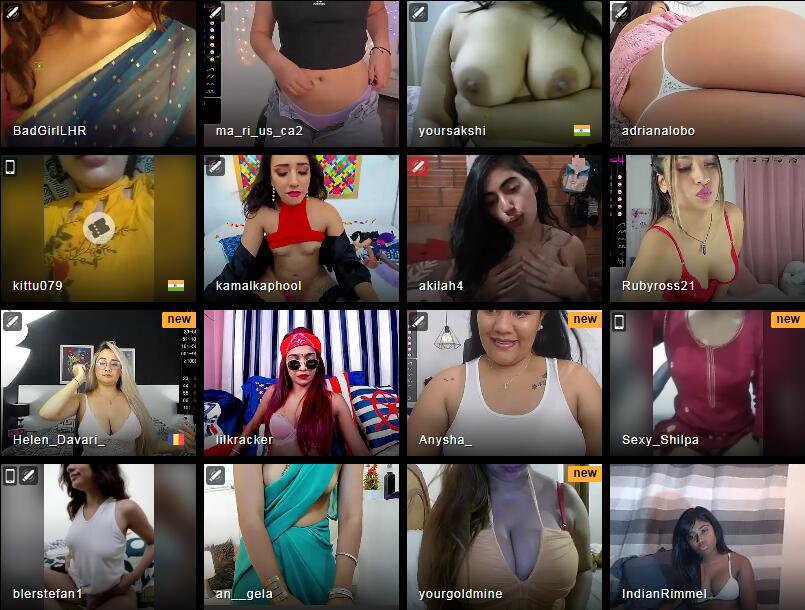India, a country known for its rich cultural heritage and rapidly advancing technological landscape, has seen an unprecedented surge in the adoption of digital communication tools. Among these, video chat applications have gained significant traction, becoming an integral part of daily life for millions of Indians. This article delves into the latest developments within India’s burgeoning video chat industry, exploring how it is transforming personal communications, business operations, and even education.
1. The Rise of Domestic Platforms
In recent years, several Indian startups have emerged to challenge global giants like Zoom, Microsoft Teams, and Google Meet. These domestic platforms are tailored specifically to cater to the unique needs and preferences of the Indian market. For instance, some focus on providing low-bandwidth solutions that are essential given the variability in internet connectivity across different regions in India. Others emphasize privacy and security features, which are increasingly important as users become more aware of data protection issues.
2. Integration with Other Services
One notable trend in the video chat industry is the integration of these services with other online platforms. For example, many e-commerce websites now offer live video chat support, allowing customers to receive real-time assistance while shopping online. Similarly, healthcare providers are leveraging video chat technology to offer telemedicine services, enabling patients in remote areas to consult with specialists without traveling long distances. This convergence of video chat with various sectors is not only enhancing user experience but also driving innovation and creating new business opportunities.
3. Impact on Education
The education sector has been profoundly impacted by the rise of video chat technologies, especially following the outbreak of the pandemic which necessitated remote learning solutions. Educational institutions across India have adopted video conferencing tools to conduct classes, facilitate group projects, and host virtual events. Moreover, there has been a growing trend towards integrating artificial intelligence (AI) and machine learning (ML) algorithms into video chat platforms used in education to personalize learning experiences and improve student engagement.
4. Challenges and Opportunities
Despite the rapid growth and numerous benefits offered by video chat technologies, challenges remain. Issues such as ensuring consistent quality of service, managing user privacy, and addressing cybersecurity concerns are critical for sustaining the momentum of this industry. Additionally, the need for continuous innovation to stay ahead of competitors and meet evolving user expectations presents both challenges and opportunities.
5. Future Outlook
Looking ahead, the future of India’s video chat industry appears promising. With advancements in 5G technology expected to enhance internet speeds and reliability, the potential for further innovations in video chat applications is immense. There is also a growing emphasis on developing AI-driven features that can provide real-time translation, immersive augmented reality experiences, and more sophisticated analytics for businesses.
In conclusion, the video chat industry in India is experiencing a transformative period marked by technological innovation, increasing user adoption, and expanding application across various sectors. As this space continues to evolve, it holds the promise of bridging geographical divides, fostering greater collaboration, and unlocking new possibilities for individuals and organizations alike. The ongoing development of domestic platforms alongside international counterparts ensures that the competitive landscape remains dynamic, pushing the boundaries of what is possible in the realm of digital communication.

